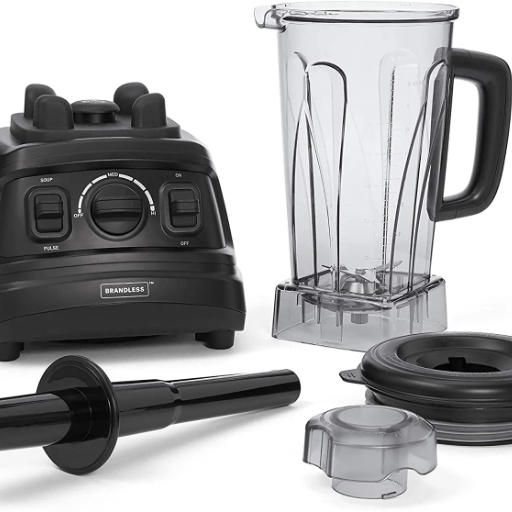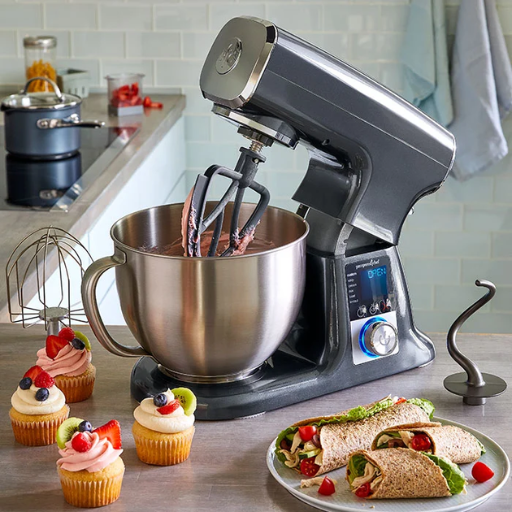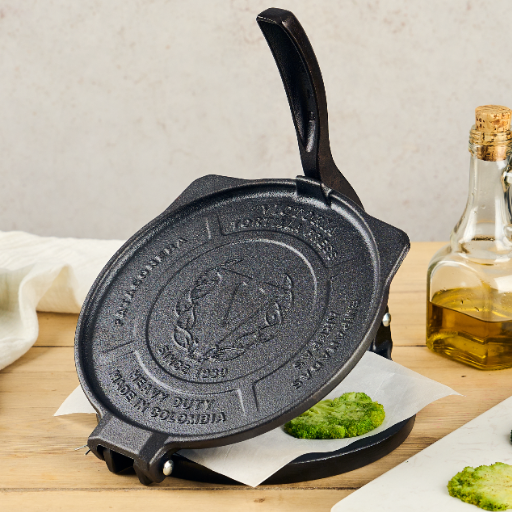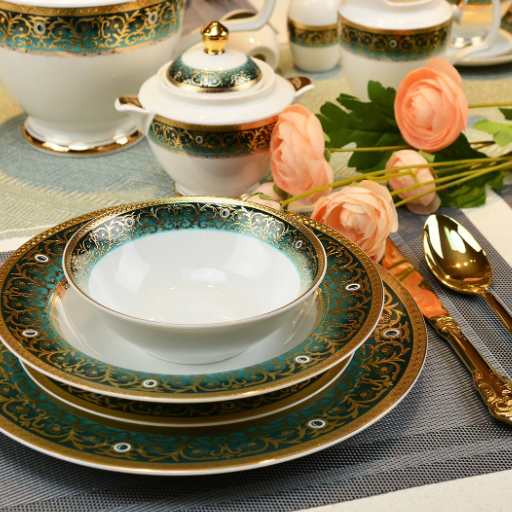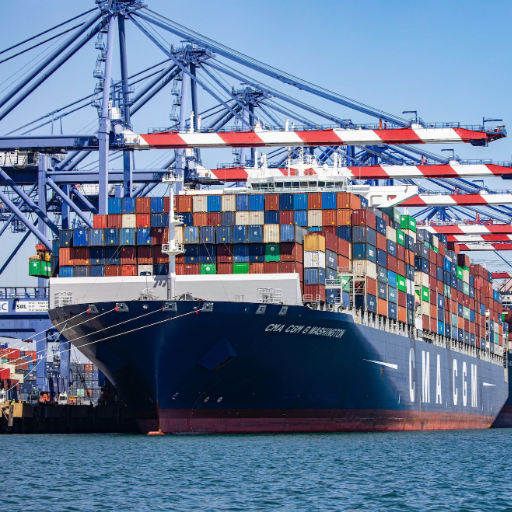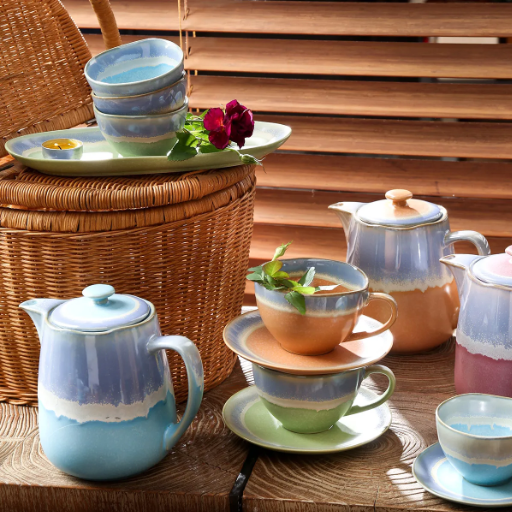To form that perfect cup of tea or coffee, a kettle pot can precisely make or break the experience. For a tea person who is all about temperature control or a coffee lover who is all about pouring techniques, she is thus responsible for bringing another layer into the act of brewing. This resource is your Escapade’s very own guide to the newest kettle pots available in the market for various needs and preferences. From cutting-edge features to aesthetic ergonomic designs, get insights into what makes an average kettle great. Read on so you can also start to learn about the key considerations and recommendations on how to really elevate your brewing process, the day-to-day!
What are the Different Types of Kettle Pots?
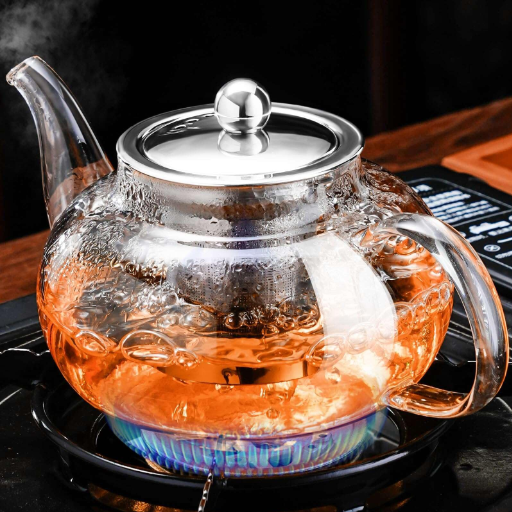
- Electric Kettles – These come with an electric source; therefore for quick boiling and other functions. Many manufacturers even provide other extra features such as temperature control for precision brewing.
- Stovetop Kettles – Traditional and sturdy, these boil water directly on the stove and have their loyal few who like the classics and simplicity.
- Gooseneck Kettles – Famous for their elongated, slim spouts that allow precise pouring and thus are favored by the pour-over coffee-loving crowd.
- Travel Kettles – Smaller, lighter kettles with a premium focus placed on ease of carrying when travelling.
- Whistling Kettles – Kettles that are placed atop a stove and whistle when water boils, this is both a practical as well as an audible warning.
Each type offers its own advantages and is chosen based on considerations such as functionality, design preferences, or generally intended use.
Electric Kettle vs. Stovetop Kettle
|
Key Point |
Electric Kettle |
Stovetop Kettle |
|---|---|---|
|
Heating Speed |
Faster, usually 2-4 minutes |
Slower, 5-10 minutes |
|
Energy Efficiency |
High, uses electricity efficiently |
Lower, depends on stove type |
|
Portability |
Limited by electrical outlets |
Highly portable |
|
Temperature Control |
Precise temperature settings available |
Difficult to control |
|
Maintenance |
Easier due to removable parts |
Requires descaling over time |
|
Durability |
May wear out faster |
Built to last longer |
|
Noise Level |
Quiet operation |
Produces loud whistling |
|
Design Variety |
Modern and sleek options |
Classic and traditional aesthetics |
|
Price Range |
Higher cost range |
More affordable options |
|
Safety Features |
Auto shut-off and boil-dry protection |
Relies on user to monitor |
Features of Electric Gooseneck Kettles
- Precise Temperature Control
The majority of electric gooseneck kettles come with the option of adjusting the temperature so that the user has to select the ideal temperature at which to brew. The set temperature will usually range from 140°F (60°C) up to 212°F (100°C), especially depending on the type of beverage to be made.
- Rapid Heating
These high-tech heating elements allow the kettle to boil water quickly, in fact, with 3-5 minutes of full heating time are significantly less than that for a traditional stovetop kettle.
- Gooseneck Spout for Controlled Pouring
The narrow mouth of the gooseneck spout allows for extremely precise pouring, thus much-needed in pour-over coffee techniques. It enables the lady to control the flow rate with utmost precision, thus avoiding any spillages.
- Keep Warm Functionality
The “keep warm” facility, which ensures temperature retention for 30-to-60 minutes, is featured on most models to aid intermittent use.
- Durable Stainless Steel Construction
Typically, luxurious electric gooseneck kettles are made out of stainless steel for their durability and resistance to corrosion and for a longer life span.
Each of these being incorporated is meant to contribute to the user experience with efficiency, safety, and precision, hence making electric gooseneck kettles a premium choice in kitchen appliances.
Benefits of Stainless Steel Whistling Tea Kettles
- Exceptional Durability
It is resistant to wear and tear and also to rust and corrosion so that the kettle stays in functional and attractive condition for years. In fact, according to a study, stainless steel retains its structure during extreme temperature variations, which make it ideal as cookware.
- Efficient Heat Retention
This helps evenly distribute and retain heat, which then saves energy and time for the water to reach the boiling point. Depending on the types of stainless steel used for manufacturing, the thermal conductivity of stainless steel varies between 15 and 25 W/m·K (watts per meter-kelvin), thereby allowing it to heat evenly.
- Non-Reactive and Safe
Stainless steel is an inert material which will not set free harmful chemicals or alter the taste of water at high temperatures. Hence, from a boil-water safety point of view, it is a neutral and safe process under the food-grade standards such as ASTM A240.
- Classic Whistling Alert
By the time an audible whistling occurs to alert the user, the water will be boiled, preventing the possibility of overheating or evaporation. This particular alert would benefit multitaskers and ensure convenience without constant audio monitoring.
- Low Maintenance
They are easy to clean stainless steel surfaces, with very little maintenance. Such surfaces resist stains, are dishwasher safe, thus saving time and energy to clean.
The stainless steel whistling tea kettles, equipped with these qualities, present strength, efficiency, and safety and surely become a regular member of any kitchen.
How to Choose the Right Kettle for Your Needs?
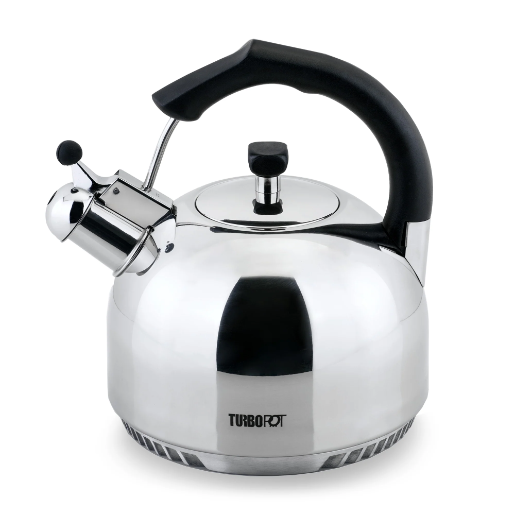
- Material Type
High durability and resistance to wear are features that should be asked for in the kettle, and stainless steel or borosilicate glass fit this requirement, as does being safe for frequent use.
- Capacity
Set your sights on a size that matches your household requirements. Smaller capacities of 1-1.5 liters are good for an individual; a higher capacity of anywhere from 2-3 liters would serve a family or guests better.
- Heating Method
Select a kettle suitable for your heating source. Stovetop kettles are for your gas stovetop or induction hob, while electric kettles heat up water with quick convenience.
- Safety Features
When kettle is safe to use with features such as heat-resistant handles, tight lids, and an automatic shut-off.
- Aesthetics and Functionality
Home design-wise, the chosen product should complement the kitchen corner while remaining useful for whistling alerts, action spouts, and wide openings for effortless cleaning.
Once you find what suits you best and apply these contributing features to an ideal kettle, the selection process becomes easy and conscious.
What Size Kettle Pot Do You Need?
The ideal size of a kettle pot should depend on your specific needs. Smaller kettle pots, with sizes from 1 to 1.5 liters, are more suitable for single users or small households that need to boil just a little water. Being small, these consumes less energy and takes less space on a countertop. A 1.7 to 2-liter kettle pot serves well for a medium-sized family or any household that entertains visitors quite often. This size can heat a bit more but not excessively, saving time during heating. More giant kettle pots, those above 2 liters, may be selected for the larger group or commercial use where a huge volume of hot water is always demanded. Another thing to consider is the heating efficiency of the kettle and the material from which it is made to ensure the size also aligns with your kitchen requirements and energy-efficient goals.
Understanding Auto Shut-off and Boil-Dry Protection
An automatic switch to off and protection from boiling dangers is a safety feature married to modern electric kettles that extend both to user convenience and safe operation. The auto switch-off entirely relies on the single feature of detecting the boil of water, where it then mechanically switches off the device before any overheating occurs or energy is wasted. It works on the principle of measuring the heat level through the use of a thermostat or a temperature sensor.
What Are the Best Electric Kettles Available?
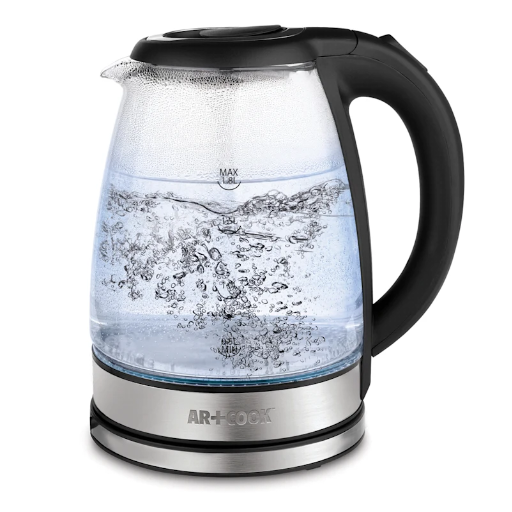
- Breville BKE820XL Variable-Temperature Kettle
An excellent temperature control unit to please all the tea and coffee lovers. The stainless steel exterior gives it ruggedness, while the five preset temperature controls provide ease of use.
- Hamilton Beach 40880 Electric Kettle
Cheaper and extremely convenient- just basic mechanisms; rapid boil timer, automatic shut-off, and stainless steel design.
- Cuisinart CPK-17 PerfecTemp Electric Kettle
With six temperature settings to suit all kinds of drinks, the kettle provides top-level performances, fast boil thanks to a 1500w element, complete with the stay-cool handle.
- Fellow Stagg EKG Electric Kettle
This kettle ranks high among coffee aficionados for its excellent pour-over spout design along with variable temperature settings and sleek Australian-modern styling.
They have been recommended a lot as the most reliable and energy-efficient electric kettles with the most user-friendly features.
Review of Cosori Electric Gooseneck Kettle
The Cosori Electric Gooseneck Kettle has won great acclaim among brewers who apply some precision in their routines and desire comfort during it. This kettle comes with five preset temperature options, allowing the user to heat water to a perfect temperature suitable for the preparation of any beverage, including coffee or tea. Its strong 1200W element is fast to bring water to a boil, while the curved gooseneck spout offers precise pouring action, a crucial component when preparing for a flawless pour-over coffee. And then, built with food-grade stainless steel on the inner lid and in the inner body, avoids imparting any plastic taste to water. Its additional safety features, such as boil-dry protection and auto shut-off, add reliability and safety to the use of the kettle. The clean lines, modern styling will fit well atop any kitchen counter, giving a neat look to the area.
Comparing Glass Electric Kettles
|
Feature |
Model A |
Model B |
Model C |
Model D |
|---|---|---|---|---|
|
Material |
Borosilicate Glass |
Tempered Glass |
Borosilicate Glass |
Stainless Steel & Glass |
|
Capacity |
1.7 L |
1.5 L |
1.8 L |
1.0 L |
|
Heat Source |
Electric |
Electric |
Electric |
Electric |
|
Boil-Dry Protection |
Yes |
Yes |
Yes |
Yes |
|
Temperature Control Settings |
Yes (Adjustable) |
No |
Yes (5 presets) |
Yes (Variable) |
|
Heating Speed |
~5 minutes |
~6 minutes |
~4 minutes |
~5 minutes |
|
Energy Efficiency Rating |
High |
Medium |
High |
Medium |
|
LED Indicator |
Yes |
Yes |
Yes (Multicolor) |
No |
|
Keep-Warm Function |
Yes (30 minutes) |
No |
Yes (60 minutes) |
Yes (20 minutes) |
|
Safety Certification |
UL Certified |
CE Certified |
UL Certified |
CE Certified |
|
Cost |
$50 |
$35 |
$70 |
$40 |
How to Properly Use and Maintain Your Tea Kettle?
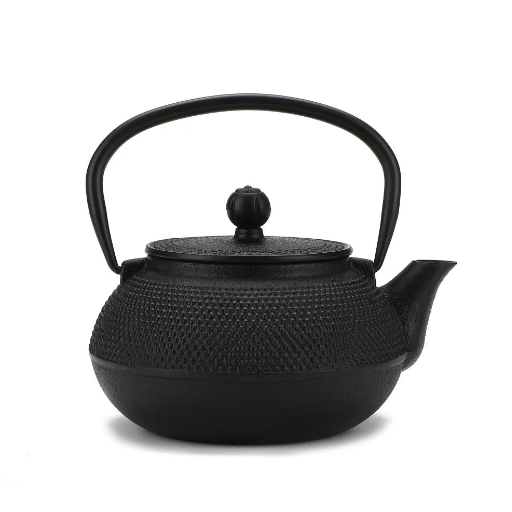
- Initial Setup: Before first use it became imperative to wash the kettle with warm, soapy water and rinse well. For electric kettles, wiping with a damp cloth for cleaning the exterior should be done; the base or any electrical parts should not be immersed in water.
- Filling: Always put in the kettle clean, filtered water and make sure it does not go past the maximum capacity mark to avoid any possibility of overflow during boiling.
- Boiling: Close the lid securely before employing the kettle for boiling. Either place it on its base and set the switch on, for an electric kettle. And do not leave it unattended whilst in use.
- Cleaning: Regular descaling of your kettle is necessary to protect it from mineral deposits. Use a 50-50 solution of water and white vinegar, or else go for the descaling product on the manufacturer’s instructions.
- Storage: Whilst not in use, pour out any remaining water in the kettle and keep the lid open to allow drying. This will reduce the chance of any mold or odors developing.
Such observance ensures a good long life for your tea kettle and great performance for safe and efficient use.
Steps for Safe Brewing with a Stovetop Kettle
- Fill the Kettle Properly: Open up the kettle by filling it with fresh cold water not beyond that of the maximum line. Such overfill might just cause water to spill out on boiling, which is then a safety hazard.
- Inspect the Kettle: Before positioning that kettle on the stove, inspect it for visible damages; dents, loose handles, or compromised seams that can leak or provide an unstable base while heating.
- Place on the Correct Burner: Place on the Correct Burner: Set the kettle on the burner that corresponds to the size of its base for proper heating. An unduly large burner may heat the handle or other parts unnecessarily.
- Monitor the Heating Process: Keep the flame medium or high and too low a flame is bad for the kettle while at times the flames can burn it or heat it unevenly. Stay around while the water is boiling to give a prompt response to the whistling sound that indicates water is ready.
- Use Heat-Resistant Tools: Use heat-resistant gloves or thick oven mitts whenever handling the kettle period from the time you remove it off the stove because its handle may be hot.
- Pour with Care: Pour the hot water slowly to avoid splashing onto the cup or container. Make sure the cups or containers are placed firmly on a flat surface, if they are easy to tip over or spill, it means not a good place to pour.
- Cool and Store Safely: After use, set aside to cool before cleaning or storage. An unattended hot kettle in an unsafe manner is a hazard for burns or even fires.
Cleaning Tips for Electric Tea Kettles
- Descale Regularly
Over time, mineral deposits such as limescale accumulate inside electric kettles, especially in regions with hard water. To descale, mix a solution of equal parts water and white vinegar (e.g., 1 cup of each). Fill the kettle halfway with this solution, boil it, and then allow it to sit for 15–20 minutes. Rinse thoroughly with clean water multiple times to remove any vinegar residue.
- Use Baking Soda for Residue Removal
Baking soda acts well to get rid of stains and odours. Make a paste out of baking soda and some water and gently scrub the inside of the kettle using a soft sponge or cloth. Avoid abrasive scrubbing agents as they might damage the surface of the kettle. Rinse after cleaning.
- Clean the Exterior
For the outside of the kettle, use a soft, damp cloth to wipe away fingerprints, stains, or dust. If the kettle has stubborn grease or residue, a diluted dish soap solution may be used. Ensure no water enters the electrical components during cleaning.
- Pay Attention to the Spout and Lid
Overlooked areas like the spout and lid can harbor bacteria or residue. Use a small brush or an old toothbrush to clean narrow spaces and remove any buildup. Rinse these areas thoroughly after cleaning.
- Empty After Every Use
Long water retention in the kettle gives rise to mineral buildup and affects water quality. After filling and emptying the kettle, leave it open for air drying to prevent excess moisture.
What Makes a Kettle Ideal for Brewing Tea?
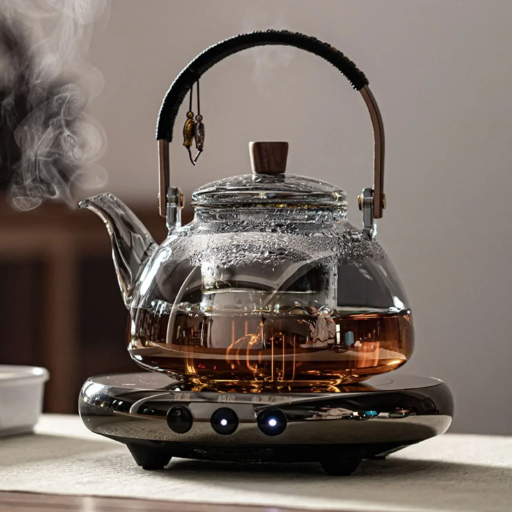
A tea kettle for homemade purposes should basically be able to heat water for specific temperatures, depending on tea: green, black, or herbal; quick and even heating to save time will likewise be appreciated. Something of good sturdiness, stainless steel or BPA-free plastic to be exact, will guarantee safety and longevity. A good pot is one whose pouring aid is very well thought out and which comes with a keep-warm function. Pot is also easy to clean and maintain, ensuring water quality and never having anything to do with altering the taste of the brew.
Choosing the Right Spout for Pouring
Features to Look for in a Teapot
- Material Composition
-
- Ceramic: Known for retaining heat, ceramic is ideal when it comes to holding consistent temperatures during steeping. Ceramic also does not stain easily and will not allow tea taste to be modified.
- Glass: Users can observe the steeping process using transparent glass. It is not as thermally fortified as ceramic, so it works well mainly with herbal or green teas, which require much lower brewing temperatures.
- Cast Iron: Durable to the finish and great heat maintenance. Usually treated with an enamel covering to keep rust away, cast iron tea pots make a great choice for black or oolong tea steeping due in a way of yet to resist the process.
- Capacity: Ranges from 12 to 40 ounces, depending on whether it will be used as a personal or group-serving pot. Small pots are preferable for personal servings as the tea will remain fresh if drunk immediately.
- Handle Design: Handles need to provide an ergonomic grip usually protected by heat-resistant material or coating to put the user at ease when handling. Offset handles or overhead designs are quite common to steer users from direct heat originating from the pot body.
- Spout Shape and Functionality: Precision-pouring and anti-drip spouts are efficient for pouring tea. The ideal angle of the spout position should be between 30-45 degrees to lessen the strain on the wrist whilst pouring.
- Lid Fit and Design: The lid needs to confront the pot to stop the escape of heat in the process of steeping. Moreover, some teapots come with vented lids, releasing a little pressure while not affecting the aromatic property of the tea.
Reference Sources
-
Experimental Study of Heat Transfer Characteristics and Thermal Efficiency of Different Cooking Pots – Investigates heat transfer and thermal efficiency using water boiling tests. Link to article
-
Mathematical Modeling of Cooking Pots’ Thermal Efficiency – Discusses how factors like diameter-to-flame ratio, wall curvature, and conductivity affect thermal efficiency. Link to article
-
50% Thermal Efficiency Depends on Several Factors – Explores how surface area and other factors influence thermal efficiency, especially when burning biomass. Link to article
Frequently Asked Questions (FAQs)
Q: What is the best kettle for boiling water for coffee or tea?
A: The best kettle for boiling water for coffee or tea depends on personal preference, but popular options include the Fellow Stagg EKG Electric Gooseneck Kettle and the Cosori Electric Kettle, both of which offer precision temperature control and a sleek design.
Q: Are there cordless kettles available for easy use?
A: Yes, there are many cordless kettles available, such as the OXO Brew Cordless Glass Electric Kettle and the Stainless Steel Cordless Electric Kettle, which allow for easy pouring without being tethered to a power source.
Q: How many liters does a standard electric kettle hold?
A: A standard electric kettle typically holds between 1.0 to 1.7 liters, which is sufficient for making several cups of coffee or tea at once.
Q: What are the advantages of a stovetop tea kettle compared to an electric kettle?
A: Stovetop tea kettles, such as the Flintshire Stainless Steel Whistling Tea Kettle, are often favored for their durability and classic design, while electric kettles like the Cosori Electric Kettle offer faster boiling times and more precise temperature control.
Q: Can I find kettles in a matte black finish?
A: Yes, many kettles, including both electric and stovetop options, are available in a matte black finish, providing a modern and stylish look for your kitchen.
Q: What features should I look for in a kettle for making tea?
A: When choosing a kettle for making tea, consider features like temperature control, material (such as stainless steel or glass), and whether it’s cordless for ease of use. The Fellow Stagg EKG Electric Gooseneck is a great example with its precise temperature settings and gooseneck design for controlled pouring.
Q: What is the difference between a glass kettle and a stainless steel electric kettle?
A: A glass kettle allows you to see the water boiling and can often be easier to clean, while a stainless steel electric kettle is typically more durable and retains heat better. Both types have their advantages depending on your needs.
Q: How does a gooseneck electric kettle enhance my tea brewing experience?
A: A gooseneck electric kettle, like the Fellow Stagg EKG, offers precise pouring control, which is essential for brewing different types of tea, especially delicate varieties that require careful water distribution for optimal flavor extraction.
Q: What is the wattage commonly found in electric kettles?
A: Most electric kettles, including the Cosori Electric Kettle, have a wattage of around 1500W, allowing for quick boiling times to prepare your coffee and tea efficiently.

